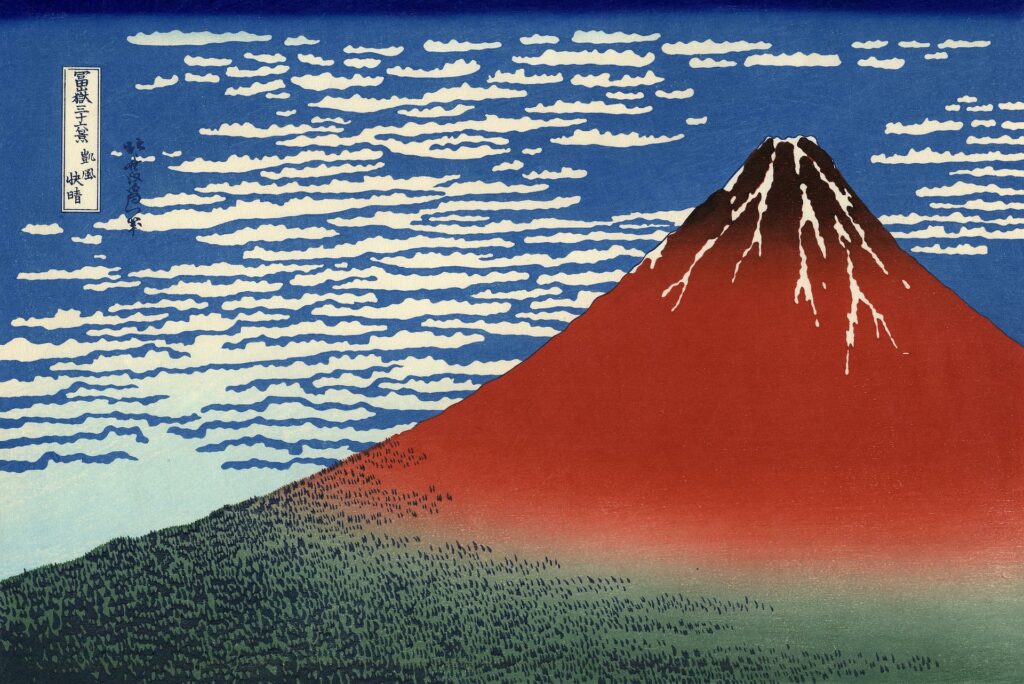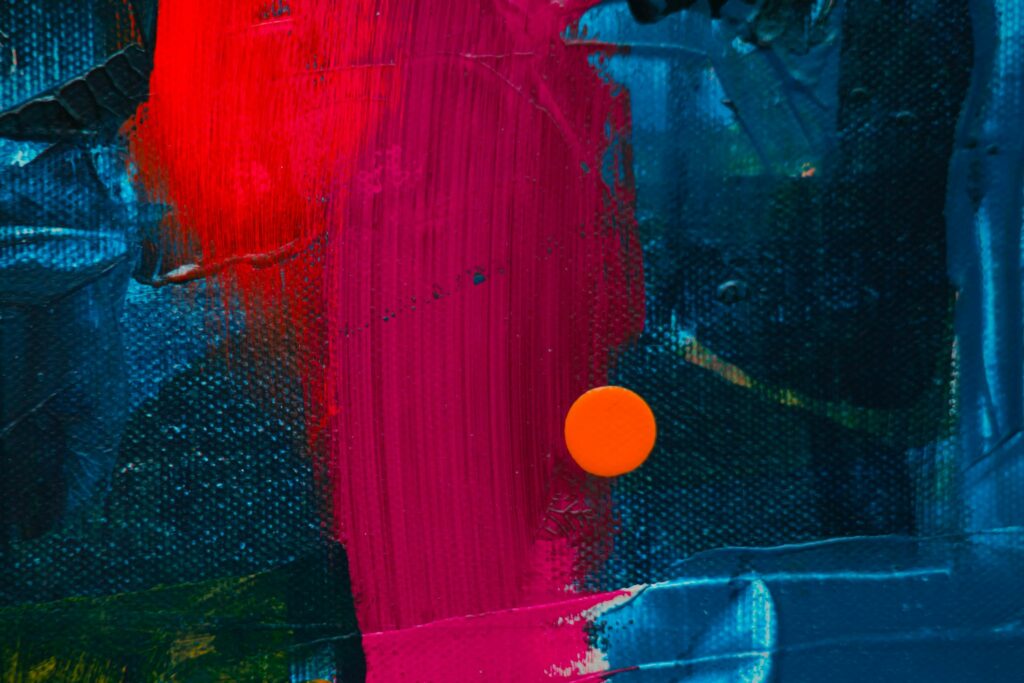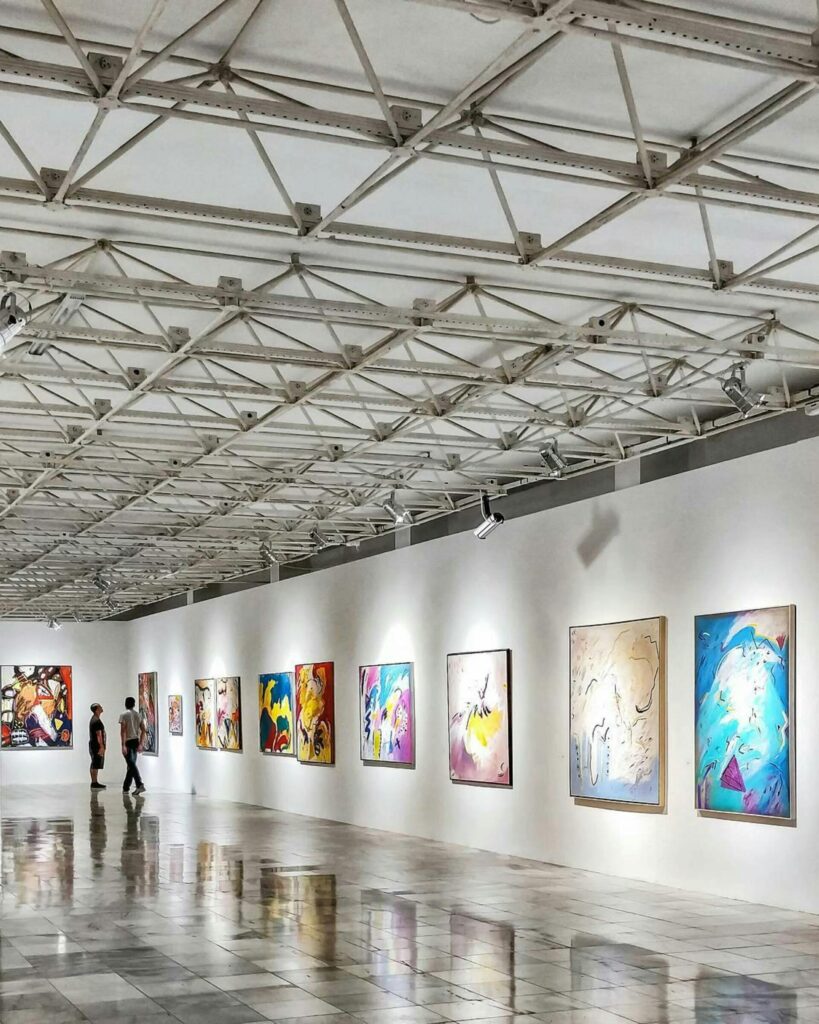Many think art collecting is only for the wealthy. But, it’s really about finding art that speaks to you. It’s not about how much you spend.
Affordable art is accessible to anyone who wants to explore. With the right advice, beginners can confidently find and buy art.
Start by looking at emerging artists or prints. The most important thing is to keep an open mind and know what you want.
Key Takeaways
- Building a collection is a personal journey, not a financial burden.
- Explore different art styles to find what you like.
- Learn about the art market and prices to make smart choices.
- Start with emerging artists or affordable prints.
- Know what you want to collect.
- 1 The Myth That Art Collecting Is Only for the Wealthy
- 2 Understanding Your Taste Before You Start
- 3 Setting Realistic Financial Boundaries
- 4 Online Platforms for Affordable Art
- 5 Exploring Local Art Scenes
- 6 The Value of Prints and Limited Editions
- 7 Collecting Art on a Budget: Smart Strategies for New Buyers
- 8 Evaluating Artwork Quality and Condition
- 9 Educating Yourself as a Collector
- 10 Common Mistakes New Collectors Make
- 11 Conclusion: Taking Your First Steps as an Art Collector
- 12 FAQ
- 12.1 What is the best way to start collecting art on a budget?
- 12.2 How do I determine my art acquisition budget?
- 12.3 What are the benefits of buying art from emerging artists?
- 12.4 How can I authenticate limited edition prints?
- 12.5 What should I look for when evaluating the quality and condition of artwork?
- 12.6 What are some common mistakes new collectors make, and how can I avoid them?
- 12.7 How can I stay informed about art trends and market developments?
- 12.8 What is the role of online platforms in art discovery and collecting?
- 12.9 How can I develop my personal aesthetic in art collecting?
- 12.10 What are the advantages of attending local art events and exhibitions?
The Myth That Art Collecting Is Only for the Wealthy
Art collecting used to be for the rich only. But now, thanks to online exhibits and sales, it’s more open than ever. This change has made the art market welcoming to everyone.
Historical Perception vs. Modern Reality
Long ago, only the wealthy could collect art. This was because famous artists’ work was very expensive. But today, the art market offers chances for all kinds of collectors, no matter their budget.
Why Now Is the Best Time for New Collectors
Today’s art scene is perfect for newcomers. Online platforms let emerging artists share their work worldwide. This means buyers can find art that fits their taste and budget easily.
The Democratization of Art Access
The democratization of art means more people can enjoy art. Digital tools and online markets have made it possible. Now, anyone can find and buy art that speaks to them, without spending a lot.
What’s driving this change? A few key things:
- As already mentioned, online art platforms and marketplaces
- Social media for art discovery
- Emerging artists offering affordable art
Understanding Your Taste Before You Start
To start collecting art on a budget, first figure out what kind of art you like. Look at different art styles and mediums to find what speaks to you.
Exploring Different Art Styles and Mediums
Visiting exhibitions, art fairs, and auctions is a great way to see the variety of art out there. Follow artists and curators on social media to keep up with new trends and artists.
Developing Your Personal Aesthetic
As you look at different art styles, you’ll start to see what you like. This is the start of finding your personal taste. Digital tools can also help in this journey.
Digital Tools for Discovering Your Preferences
Online platforms and apps for art lovers can introduce you to new artists and styles. They often suggest art based on what you like.
The Importance of Emotional Connection
Connecting emotionally with art is key. It’s not just about buying art; it’s about finding pieces that touch you personally.
| Art Style | Characteristics | Emotional Impact |
|---|---|---|
| Abstract | Non-representational, expressive | Evokes emotions through color and form |
| Realism | Representational, detailed | Creates a sense of familiarity |
| Impressionism | Captures light and color | Imparts a sense of movement and immediacy |
Knowing your taste and preferences helps you make smart choices when starting your art collection. This foundation will guide you through the art world with confidence.
Setting Realistic Financial Boundaries
Setting realistic financial boundaries is key for new art collectors. It helps them build a meaningful collection. Art collecting can be rewarding, but it needs a thoughtful budgeting approach.
First, determine a realistic art budget. This means looking at your finances and deciding how much to spend on art. It’s important to enjoy art while being financially smart.
Determining Your Art Acquisition Budget
To figure out your art budget, think about your income, expenses, and savings goals. Set aside a specific amount for art collecting. This way, you can enjoy art without risking your financial stability. Start with affordable art like prints, limited editions or works from newcomer artists.
Planning for Long-Term Collection Growth
A good budget plan helps your collection grow over time. Save a part of your budget for future art purchases. This way, you can invest in bigger art pieces and build a valuable collection.
The Value of Starting Small

Starting small is a smart move for new collectors. Buying affordable art keeps your budget in check. It also lets you try different art styles without big financial risks.
By setting realistic financial goals and planning, art collectors can enjoy building their collection. They can do this while keeping their finances healthy.
Online Platforms for Affordable Art
The digital age has changed how we find and buy art. Now, it’s easier than ever. Online platforms let collectors explore many styles and prices from home.
Established Marketplaces
Many online marketplaces are popular for art lovers. They offer a selection of art with detailed info and great images.
Saatchi Art
Saatchi Art is a big online art gallery. It has works by new and known artists. You can find many art styles, like paintings and sculptures.
Artsy
Artsy works with galleries, museums, and private collections. It offers a wide range of art. The images are high quality, and you can learn a lot about the artists.
Etsy
While not just for art, Etsy is great for unique items. You can find art prints, original paintings, and more.
| Platform | Focus | Price Range |
|---|---|---|
| Saatchi Art | Emerging and established artists | $100-$10,000+ |
| Artsy | Galleries, museums, private collections | $500-$100,000+ |
| Etsy | Handmade, unique items | $20-$1,000+ |
Social Media as an Art Discovery Tool
Social media is key for finding new artists and art trends.
Instagram is perfect for art lovers. Artists and galleries share their work. It’s easy to find new art with hashtags and stories. By the way, why not following us, while we’re at it?
TikTok
TikTok is a surprising place to find art. It shows artists at work and the art-making process in short videos.
Online Gallery Sales and Promotions
Many galleries now sell art online. This lets collectors buy art from anywhere. These sales often have special deals and curated selections.
Using these online platforms makes collecting art easy and fun. You don’t need to visit galleries in person.
Exploring Local Art Scenes
Local art scenes are full of affordable art for collectors. By meeting local artists and attending art events, collectors can find unique pieces. These pieces not only add value to their collection but also help the local art community.
Art Fairs and Affordable Art Shows
Art fairs and affordable art shows are great for finding new artists and buying art at good prices. These events feature many artists, showing a wide range of styles and mediums.
University Art Exhibitions and Student Sales
University art exhibitions and student sales let collectors buy art from up-and-coming artists. These events are a fantastic way to find affordable art and support the next artists.
Open Studios and Artist Collectives
Open studios and artist collectives offer a chance to see artists at work. This setting lets collectors learn about the art-making process and the artist’s inspiration. It adds a personal touch to the art-buying experience.
Local Galleries and First Friday Events
Local galleries and First Friday events are key to the local art scene. They showcase a carefully chosen selection of art. These events often have opening receptions, where collectors can meet artists and gallery staff. This helps build a closer connection with the art.
| Event Type | Benefits for Collectors | Typical Price Range |
|---|---|---|
| Art Fairs | Variety of artists, reasonable prices | $100-$1,000 |
| University Exhibitions | Emerging artists, affordable | $50-$500 |
| Open Studios | Direct interaction with artists | $200-$2,000 |
| Local Galleries | Curated selection, potential for investment | $500-$5,000 |
The Value of Prints and Limited Editions
Knowing the value of prints and limited editions is key for collectors. These art forms mix affordability with the chance to hold their value. They appeal to both new and experienced collectors.
Understanding Different Print Types
Prints vary, each with its own traits and worth. Here are a few common types:
- Giclée prints, known for their high-quality inkjet technology
- Lithographs, which involve a complex printing process
- Screen prints, often used in contemporary art

Mount Fuji Art Print
Authenticating Limited Editions
Checking the authenticity of limited editions is vital. This means looking at the certificate of authenticity from the artist or publisher.
What to Look for in Certificates of Authenticity
A real certificate of authenticity should have:
| Detail | Description |
|---|---|
| Artist’s Signature | A handwritten signature by the artist |
| Edition Number | The specific number of the print out of the total edition |
| Date | The date the print was created or signed |
Price Points and Value Retention
Limited editions and prints have different prices. Prices depend on the artist’s fame, edition size, and print type. These art forms often keep their value, making them a good investment for collectors.
By learning about print types, authenticating limited editions, and understanding prices, collectors can improve their art collection.
Collecting Art on a Budget: Smart Strategies for New Buyers
Collecting art on a budget is not only possible but also rewarding. New collectors can effectively navigate the art market. They can do this by understanding the value of emerging artists and flexible payment options.
Building Relationships with Emerging Artists
Starting or expanding an art collection on a budget can be done by building relationships with emerging artists. These artists often offer their works at more affordable prices. By engaging with emerging artists, collectors can access unique pieces and support the artists’ careers.
Negotiation Etiquette in the Art World
Understanding negotiation etiquette is key when buying art. Being respectful and knowledgeable about the artist’s work and market trends helps in negotiating a fair price. Building a rapport with the artist or gallery representative can also lead to better deals and personalized service.
Payment Plans and Art Subscription Services
Many artists and galleries offer payment plans and art subscription services. These options allow collectors to acquire art over time, without paying the full amount upfront. This flexibility is great for new collectors who are still building their budget.
Patience as a Collecting Strategy
Patience is a valuable strategy in art collecting. Waiting for the right piece can lead to a more satisfying and valuable collection. New collectors should take their time to research, visit exhibitions, and engage with the art community. This helps them develop their taste and understanding of the market.
By using these strategies, you as a new art buyer, can build a meaningful art collection on a budget. The key is to be informed, patient, and open to exploring different opportunities in the art world. Remember:
- Engage with emerging artists for affordable and unique art.
- Use negotiation etiquette to secure fair prices.
- Consider payment plans and subscription services for flexibility.
- Practice patience to build a valuable and satisfying collection.
Evaluating Artwork Quality and Condition

Checking the quality and condition of artwork is key when buying art. It’s important whether you’re shopping online or in person. Knowing the artwork’s condition helps you make a smart choice and avoid problems.
Basic Condition Assessment for Beginners
Start by looking at the artwork’s overall state. Look for damage, wear, or restoration signs. Check for cracks, tears, or fading. Also, inspect the frame or mounting for defects.
Red Flags to Watch For
Some conditions or signs can mean bigger problems with the artwork. Be on the lookout for these red flags when checking a piece.
Online Purchases
When buying art online, carefully look at the images and descriptions. Watch for damage or alteration signs. Be cautious of sellers who don’t give clear details about the artwork’s condition.
In-Person Purchases
When buying in person, inspect the artwork well. Use good lighting to spot any issues. Look for aging, wear, or restoration signs. Don’t be shy to ask about the artwork’s history and condition.
Questions to Ask Before Buying
Before buying, ask the right questions. Ask about the artwork’s provenance, any restoration, and materials used. Knowing the artwork’s condition and history helps you make a better choice. It ensures your purchase is a good investment.
Educating Yourself as a Collector
Learning as a collector is key. It means knowing about art history, market trends, and the artists. This knowledge helps you appreciate art more and make smart buying choices. It ensures your collection is both meaningful and valuable.
Free and Low-Cost Art Education Resources
There are many ways to learn about art without spending a lot. Websites like Coursera, edX, and Khan Academy offer courses on art history and appreciation. Also, museums and galleries often have free or low-cost lectures and tours.
The Metropolitan Museum of Art has a lot of online resources. Their Heilbrunn Timeline of Art History is a huge database of art history. Using these resources can really help you understand art better.
Following Art News and Trends
Keeping up with art news and trends is important. Magazines likethe Artforum, ARTnews.com,The Art Newspaper or of course, Discover.art, share insights on the art market. Instagram is also great for finding new artists and learning about art events.
“The art market is always changing. Staying informed helps you make smart collecting choices.”
Building a Reference Library
Having a good reference library is crucial for collectors. It should include books on art history, exhibition catalogs, and monographs on your favorite artists.
Essential Lecture for Budget Collectors
- Art history surveys
- Catalogs from major exhibitions
- Monographs on emerging and established artists
Online Resources and Communities
Online forums like Reddit’s r/ArtCollectors are great for sharing knowledge. Websites like Artnet on the other hand, have huge databases of artists and artworks.
| Resource | Type | Cost |
|---|---|---|
| Coursera Courses | Online Education | Free/Audit; $49 Certificate |
| The Metropolitan Museum of Art Online Resources | Digital Library | Depends |
| r/ArtCollectors | Online Community (reddit.com) | Free |
By using these resources, collectors can learn a lot. They can keep up with the art world and make smart choices for their collections.
Common Mistakes New Collectors Make
New collectors often make avoidable errors when starting their art journey. Knowing these common mistakes can make collecting more enjoyable. It ensures the art brings joy and could be a valuable investment.
Buying for Investment Rather Than Enjoyment
One big common mistake is buying art just for its investment value. While art can grow in value, focusing only on profit can be disappointing. This is because market trends can change.
It’s better to buy art that you love. This way, you enjoy it more and connect with it on a deeper level.
Overlooking Artwork Care and Preservation
Another mistake is ignoring artwork care. It’s important to frame, store, and maintain art correctly. This includes using UV-filtering glass and keeping it away from direct sunlight.
Also, keep the environment stable. This helps the art last longer.
Ignoring Artist Background and Authenticity
New collectors often forget to check an artist’s background and authenticity. It’s key to research the artist, understand the artwork’s history, and get certificates of authenticity. This ensures a smart purchase.
Rushing Purchases Instead of Building Slowly
Rushing into buying art is a common mistake. It can lead to regret. Taking your time helps you refine your taste and make better choices.
By avoiding these mistakes and being thoughtful, new collectors can create a valuable and enjoyable art collection.
Conclusion: Taking Your First Steps as an Art Collector
Starting an art collection can seem scary, but it’s also very rewarding. Knowing what you like, setting a budget, and looking at different art places are good first steps. These actions help you start building a collection that means something to you.
Starting to collect art means learning and enjoying the process. You’ll find new artists and learn about art quality. Remember, being patient and learning are important. Enjoy the journey and don’t worry about making your first purchase. It’s the start of a lifelong love for art.
Now you have the knowledge to start collecting art. Go out and explore local art scenes, meet artists, and choose pieces that speak to you. Trust your feelings when picking art that you love.
FAQ
What is the best way to start collecting art on a budget?
To start collecting art on a budget, first understand what you like. Set a budget that feels right for you. Look online and in local art scenes for affordable pieces.
How do I determine my art acquisition budget?
To figure out your art budget, think about your money situation. Plan for growing your collection over time. Decide how much you want to spend on each piece.
What are the benefits of buying art from emerging artists?
Buying from new artists has perks. You can build a bond with the artist. You might get pieces at a lower price. Plus, you help new talent grow.
How can I authenticate limited edition prints?
To check if a print is real, look for a certificate from the artist or publisher. Make sure the edition number matches. Research the artist and publisher to be sure.
What should I look for when evaluating the quality and condition of artwork?
When checking artwork, look for damage signs. Check the materials and preservation. Ask about the artwork’s history and any repairs.
What are some common mistakes new collectors make, and how can I avoid them?
New collectors often buy for the wrong reasons or neglect their art. To avoid this, learn about art, take your time, and enjoy the art you buy.
How can I stay informed about art trends and market developments?
To keep up with art trends, follow art news. Go to exhibitions and events. Join online art communities and forums.
What is the role of online platforms in art discovery and collecting?
Online platforms are key for finding and buying art. They offer a wide range of art. They connect buyers with artists and galleries, making buying easier.
How can I develop my personal aesthetic in art collecting?
To find your art style, explore different types and mediums. Connect with art emotionally. Be open to new experiences and discoveries.
What are the advantages of attending local art events and exhibitions?
Local art events offer a chance to find new artists. They help you connect with the local art scene. You can see current trends and market changes up close.
